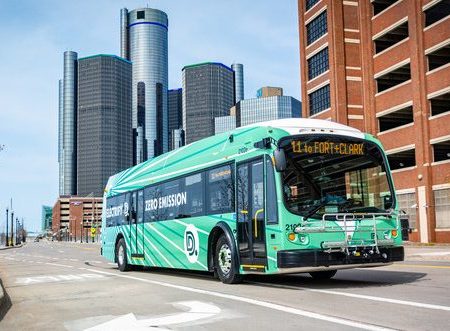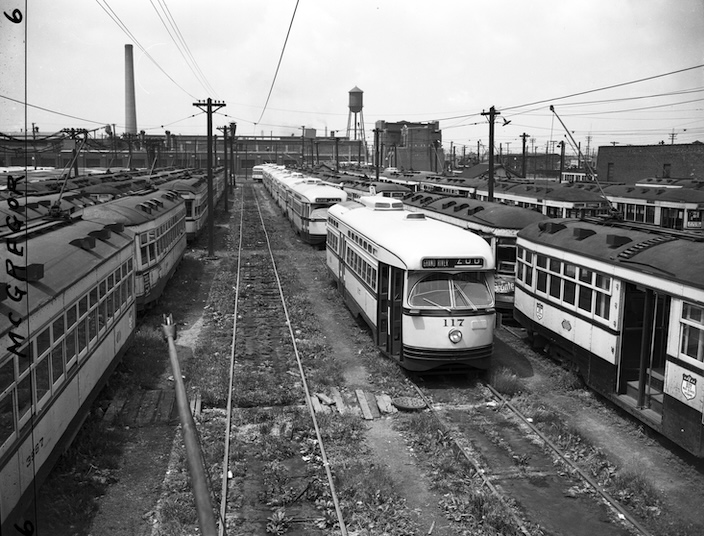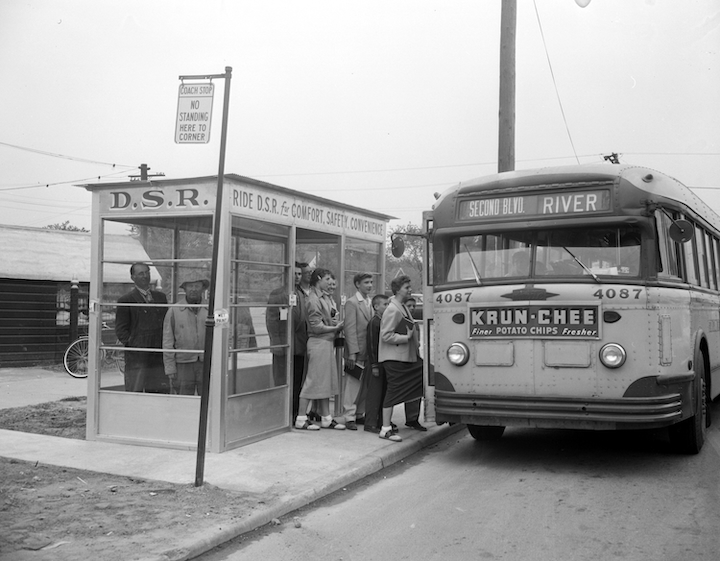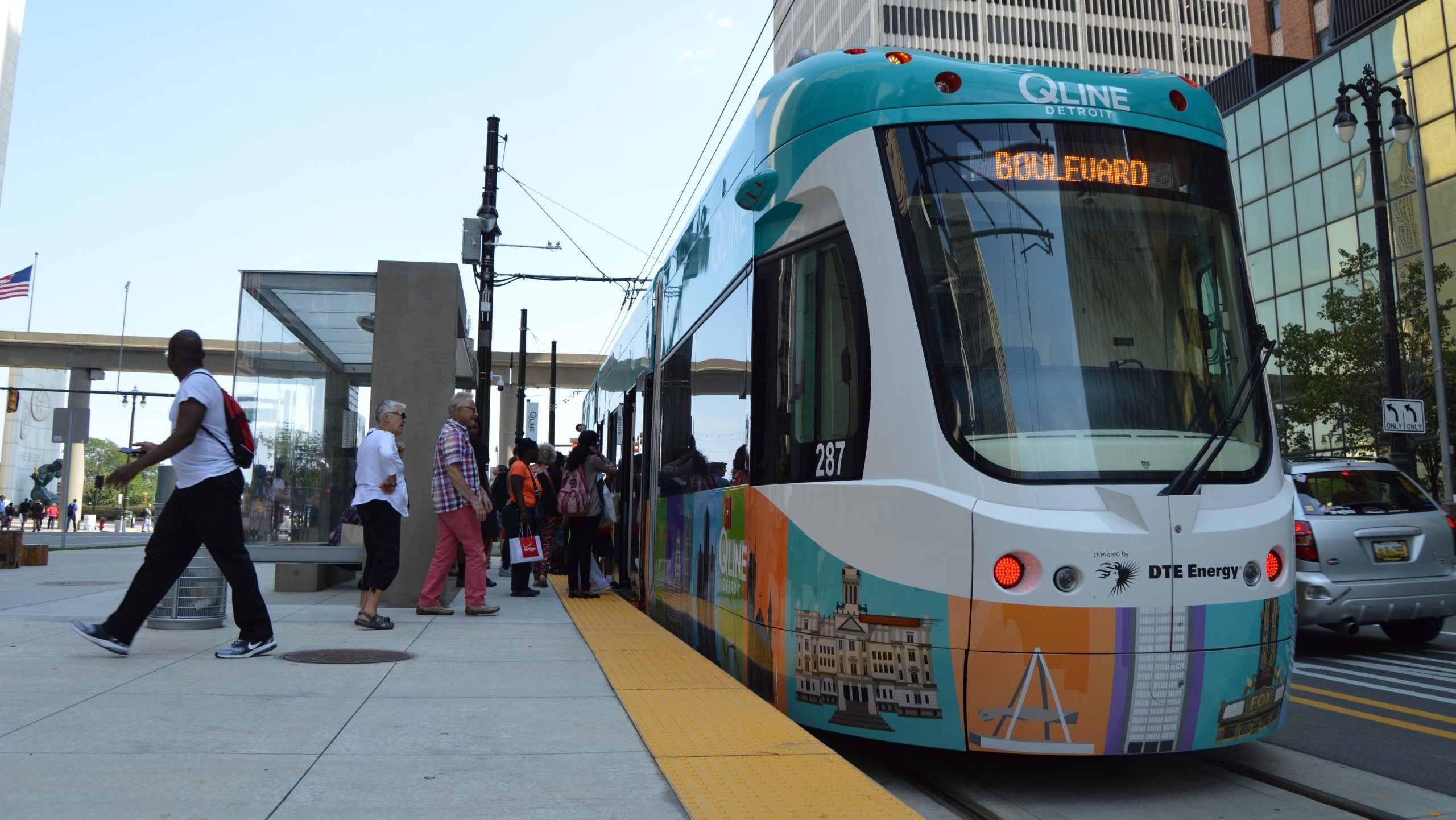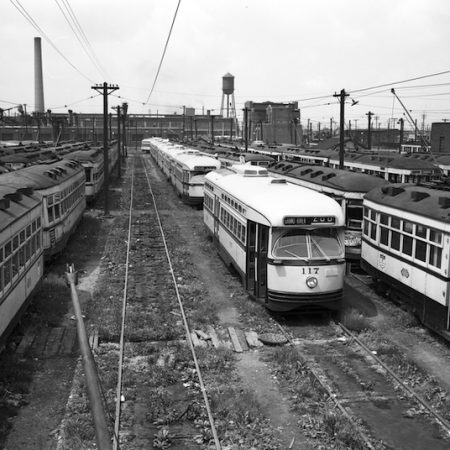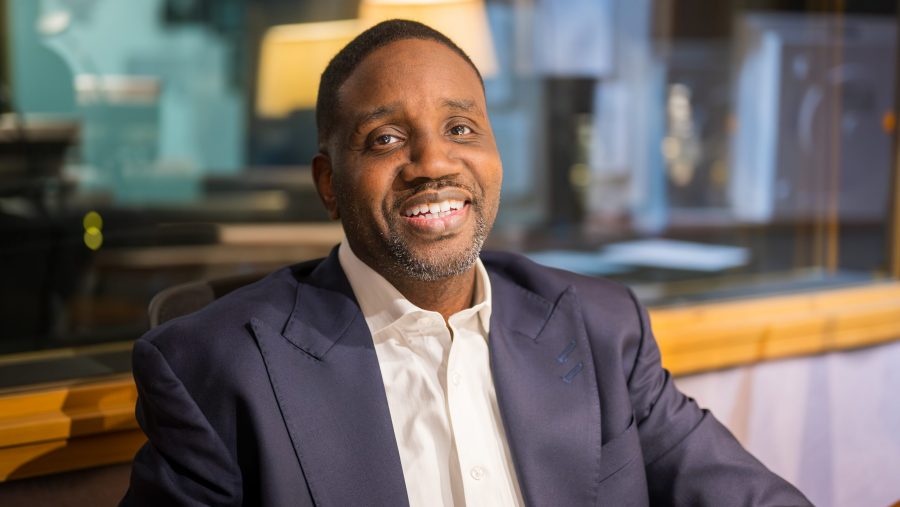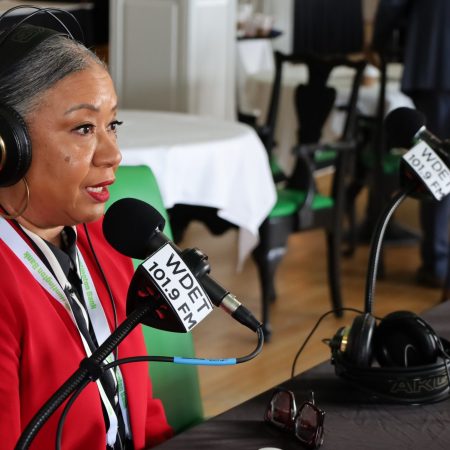Detroit Evening Report: “DDOT Now,” Detroit Paratransit’s Same-Day Service
Subscribe to the Detroit Evening Report on Apple Podcasts, Spotify, NPR.org or wherever you get your podcasts.
“DDOT Now,” Detroit Paratransit’s Same-Day Service
DDOT launches same-day paratransit service for Detroiters with disabilities
The Detroit Department of Transportation (DDOT) launched a new same-day paratransit program called DDOT Now on Monday. The service allows residents with disabilities to schedule rides the day before or up to an hour in advance.
Robert Cramer, executive director of Transit, says the new program gives riders more flexibility. “The new service allows people to schedule transportation on short notice,” he said.
Paratransit services are guaranteed under the Americans with Disabilities Act of 1990, which prohibits discrimination against people with disabilities in accessing public accommodations — including transportation.
DDOT Now operates between 6 a.m. and 7 p.m., Monday through Saturday. Riders can schedule a trip by calling 313-570-6845 between 6 a.m. and 6 p.m. The fare is $2.50 per ride, and the program is supported by federal and local funding.
The city has recently made improvements to DDOT’s paratransit services, including better on-time performance and the hiring of additional staff
Thousands rally in Metro Detroit as part of nationwide ‘No Kings’ protests
Tens of thousands of people rallied across Metro Detroit on Saturday as part of the national “No Kings” protests against authoritarianism.
Many demonstrators carried signs criticizing President Donald Trump’s immigration policies and his decision to deploy Marines and National Guard troops to protests in Los Angeles.
At a rally in Southwest Detroit, high school student Julio Henry gave an impassioned speech in support of immigrants.
“We are here in the United States to come together,” Henry said. “Our diversity is what makes the United States the United States.”
Henry added that young people are paying attention to national politics and they’re not pleased with what they see.
“We call him so many things, the fascist, the dictator, the white supremacist, but what we all agree on is he should not be our president,” Henry said.
The event in Detroit remained largely peaceful. However, a brief altercation broke out when members of a local biker gang arrived and began harassing protesters. Detroit police quickly intervened to defuse the situation.
Reporting by Russ McNamara, WDET
MDOT to extend life of I-75 Rouge River bridge with surface treatment
The Michigan Department of Transportation (MDOT) is planning a two-year project to coat the surface of the I-75 Rouge River bridge in Detroit.
Crews previously rebuilt the bridge deck in 2017 and 2018. Project engineer Bill Erben says the structure is in good shape, but additional work will help preserve it.
“Sandblasting and smoothing the concrete will make it last longer,” Erben said.
MDOT plans to close the Rouge River bridge eight times this year and eight more times in 2026, each time affecting one direction of traffic at a time.
The first closure was scheduled to begin last Friday on northbound I-75 between Schaefer Road and I-96, but the threat of rain delayed the start.
Reported by Pat Batcheller, WDET
Republican-backed budget would slash funding for U-M and MSU, expand support for other public universities
The University of Michigan could lose a significant portion of its state funding under a higher education budget passed by the Michigan House of Representatives late last week.
The plan would also reduce funding for Michigan State University, while increasing support for most of the state’s other public universities.
Republican House Appropriations Committee Chair Ann Bollin said U-M and MSU rely less on state support than other schools. She and other GOP lawmakers say they hope the proposed cuts will reduce the number of out-of-state and international students at those institutions.
The education budget bill would also eliminate funding for free K-12 school meals across the state.
Reported by Collin Jackson, Michigan Public Radio Network
Taste of Dearborn returns with food tour of 20 local restaurants
The Dearborn Area Chamber of Commerce is hosting its annual Taste of Dearborn event this week, offering visitors a chance to sample dishes from local restaurants.
The event takes place Wednesday, June 18, from 6 to 9 p.m. Check-in begins at 5:30 p.m. at the Bryant Branch Library.
About 1,000 attendees are expected to tour 20 restaurants in Downtown West Dearborn.
General admission is $35, and a VIP experience is $50. Tickets are available at www.dearbornareachamber.org
Trusted, accurate, up-to-date.
WDET strives to make our journalism accessible to everyone. As a public media institution, we maintain our journalistic integrity through independent support from readers like you. If you value WDET as your source of news, music and conversation, please make a gift today.Donate today »
The post Detroit Evening Report: “DDOT Now,” Detroit Paratransit’s Same-Day Service appeared first on WDET 101.9 FM.
